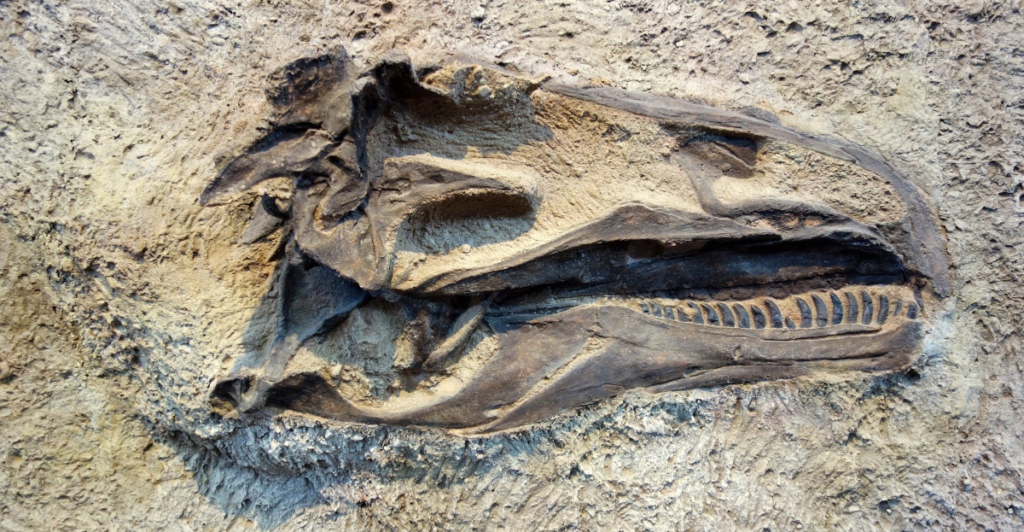
Approximately 66 million years ago, the dinosaurs went extinct at the end of the Cretaceous period, which changed Earth’s history forever. This mass extinction, which is often referred to as the K-Pg event, was likely caused by a combination of events, including a massive asteroid impact and intense volcanic eruptions, which disrupted the planet’s climate and ecosystems. While dinosaurs never returned to their original form, their descendants, birds, survived and evolved into more than 10,000 species we see today.
The Role Of The Asteroid Impact

The impact of the asteroid is the primary cause of the K-Pg extinction. The impact would have spread huge amounts of debris into the atmosphere, which would have blocked sunlight, leading to a prolonged period of cold and darkness. This is referred to as an “impact winter,” which would have made it difficult for many species, including the large dinosaurs, to survive. The lack of sunlight also meant that plants couldn’t grow, which would have affected herbivorous dinosaurs and the entire food chain.
Volcanic Activity And Climate Change
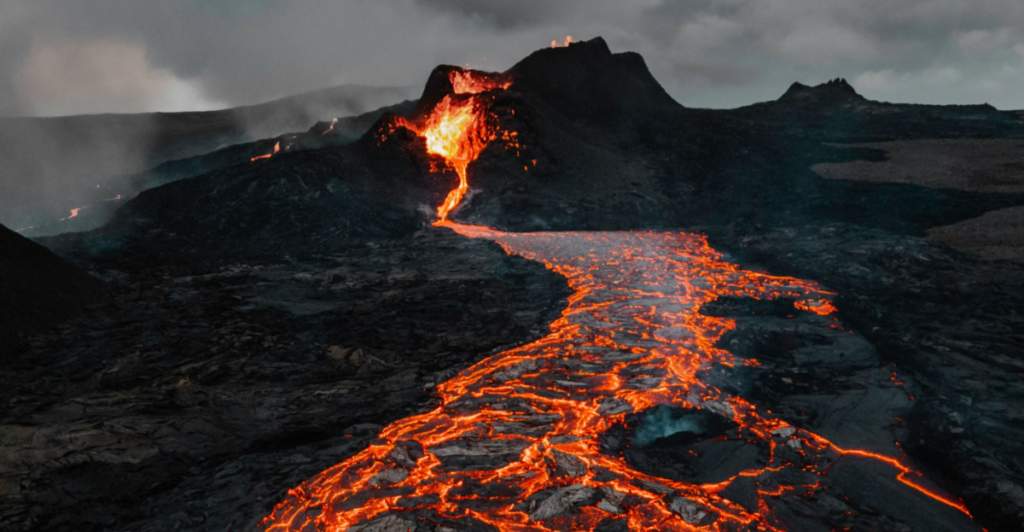
Volcanic activity also would have played a significant role in the extinction event. The Deccan Traps in India erupted around the same time as the asteroid impact and released massive amounts of toxic gases into the atmosphere, further aggravating climate change and environmental stress. The combination of these factors would have created conditions that were inhospitable to many species, including large dinosaurs.
Evolution Of Dinosaurs Into Birds
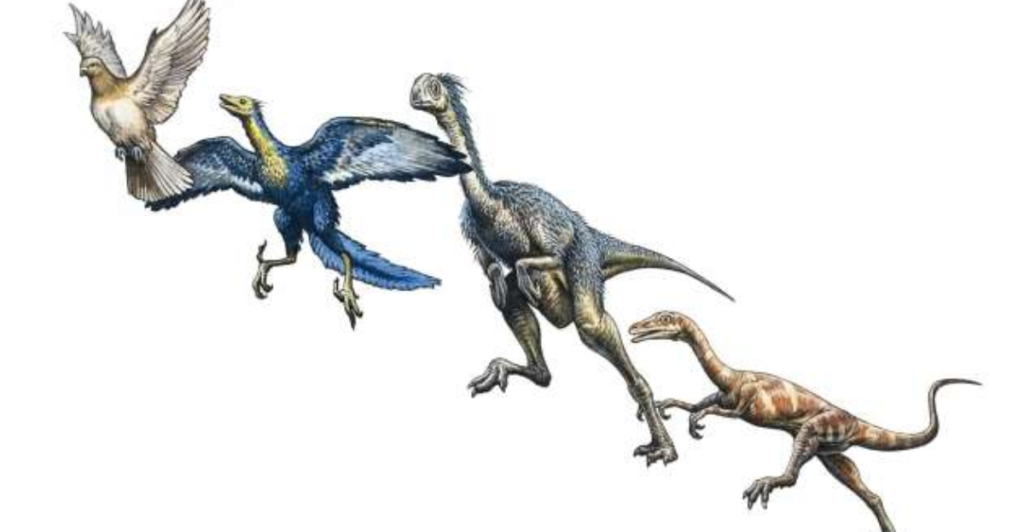
However, one group of dinosaurs, theropods, survived the event and evolved into birds. The birds we see today are direct descendants of theropod dinosaurs and share many of their characteristics, like their hollow bones and three-toed limbs. They gradually evolved over millions of years and became the birds we see every day.
Why Dinosaurs Did Not Re-Evolve
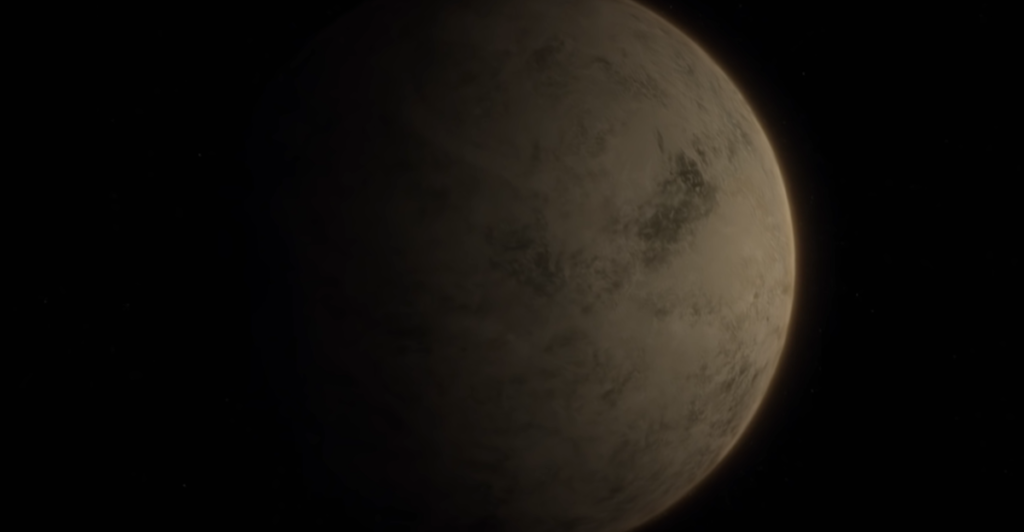
Dinosaurs did not return to their original form because the environment changed drastically after the extinction event. The Earth’s climate became cooler and less stable, which gave an advantage to smaller, more adaptable animals like mammals and birds. On top of that, the ecosystems that once supported large dinosaurs were destroyed, making it impossible for them to thrive in the way they used to.
Adaptation Of Mammals

Mammals had coexisted with dinosaurs during the Mesozoic Era and were better suited to the new environmental conditions. Mammals were typically smaller and more adaptable than dinosaurs, which allowed them to thrive in the post-extinction world. Strangely, mammals began evolving a lot faster after dinosaurs became extinct.
Ecological Niches And Evolutionary Pressures
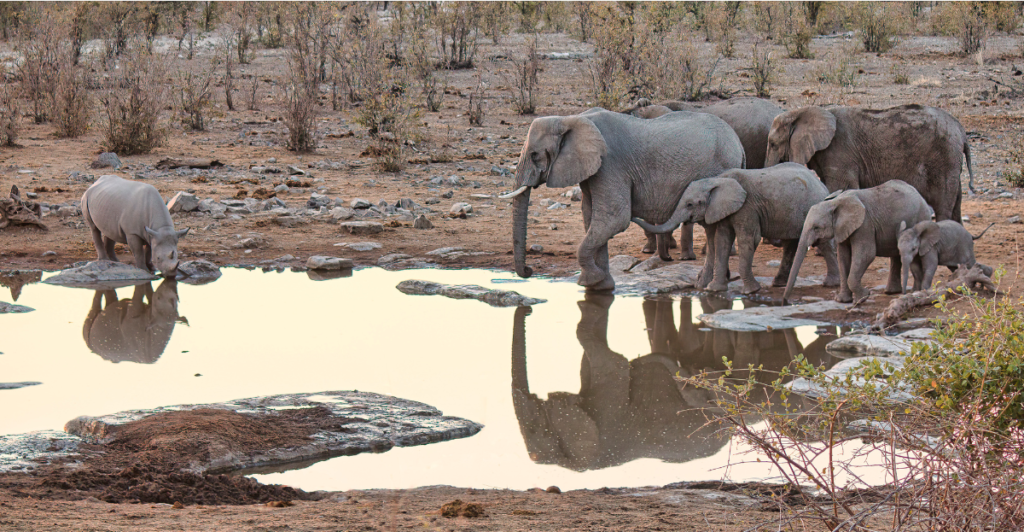
After the dinosaurs went extinct, other animals, like mammals and birds, took over their roles. They adapted to new environments and evolved in different ways. Without large dinosaur predators, mammals had the chance to grow and spread into new areas where they couldn’t before.
Genetic And Physiological Barriers
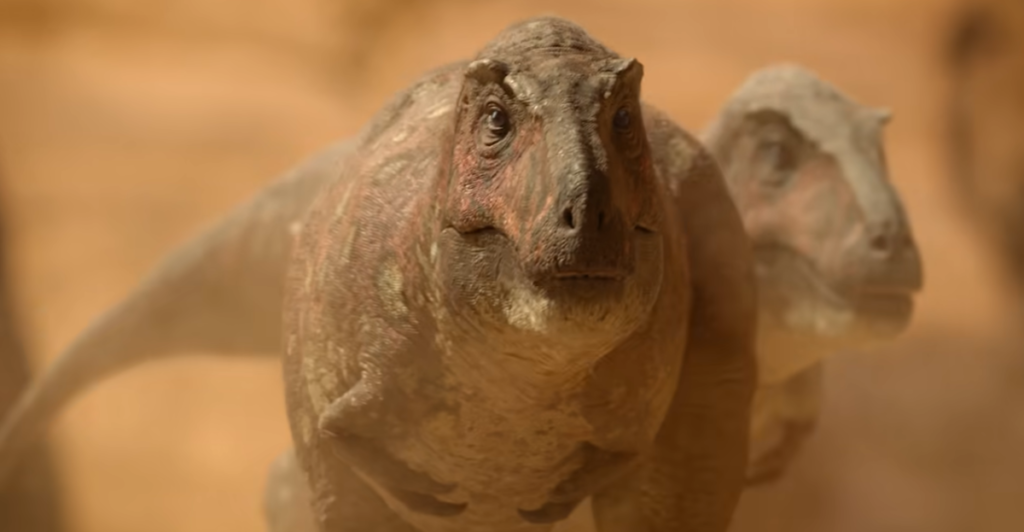
For dinosaurs to return to their original form, they would need to undergo major genetic and physiological changes. They were specialized animals with unique traits that helped them dominate their ecosystems. However, the genetic processes that created these traits are very complex and are unlikely to develop again through natural evolution.
The Legacy Of Dinosaurs
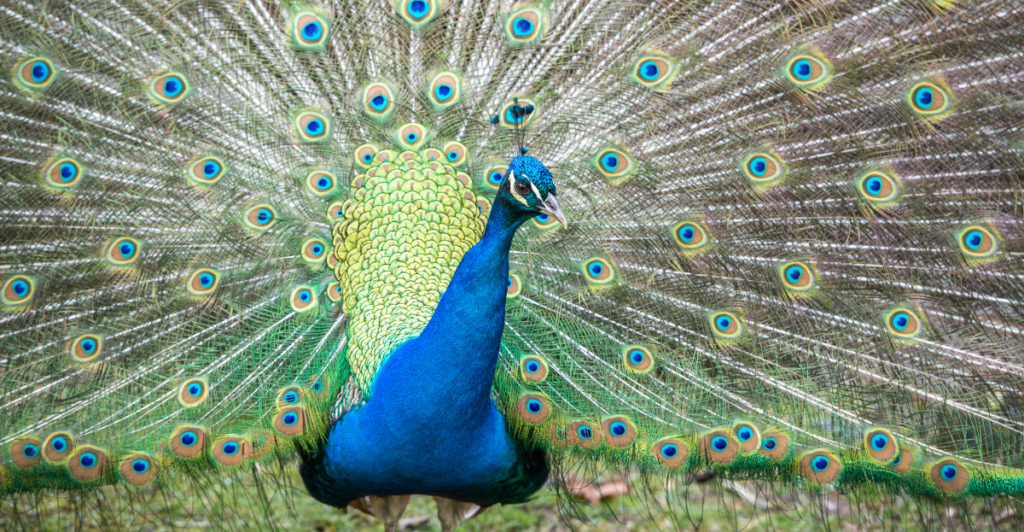
Although dinosaurs never returned to their original form, they left a lasting impact on Earth. Their descendants, the birds, are now found all over the world with over 10,000 different species. Dinosaurs have taught us a lot about evolutionary biology, but their extinction has allowed mammals, including humans, to thrive and eventually become the dominant species on the planet.
Evolutionary Pathways
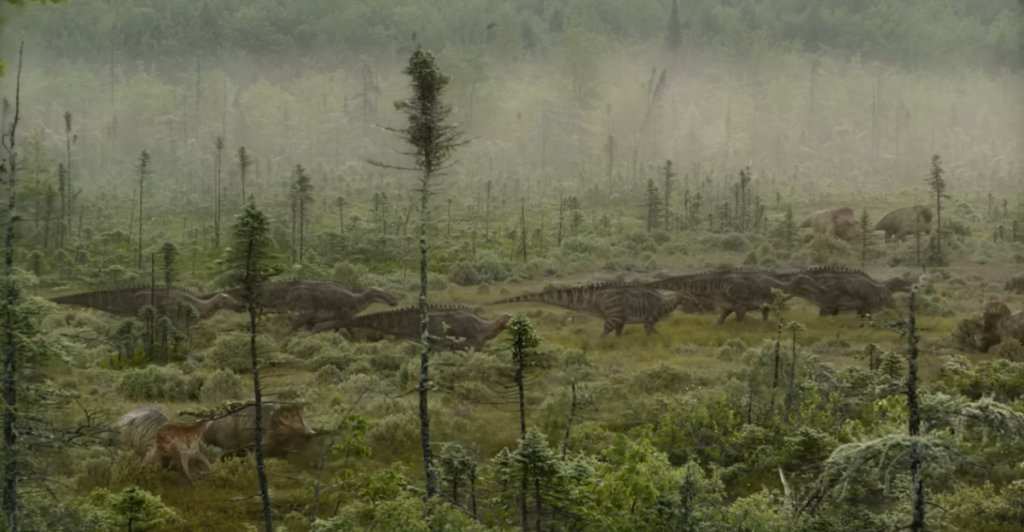
The extinction of dinosaurs played an important role in shaping life as we know it. Without them, other species had the chance to adapt to new environments, which led to a rapid increase in biodiversity. Over millions of years, this process created the rich and complex ecosystems we see today.
Role Of Birds In Modern Ecosystems
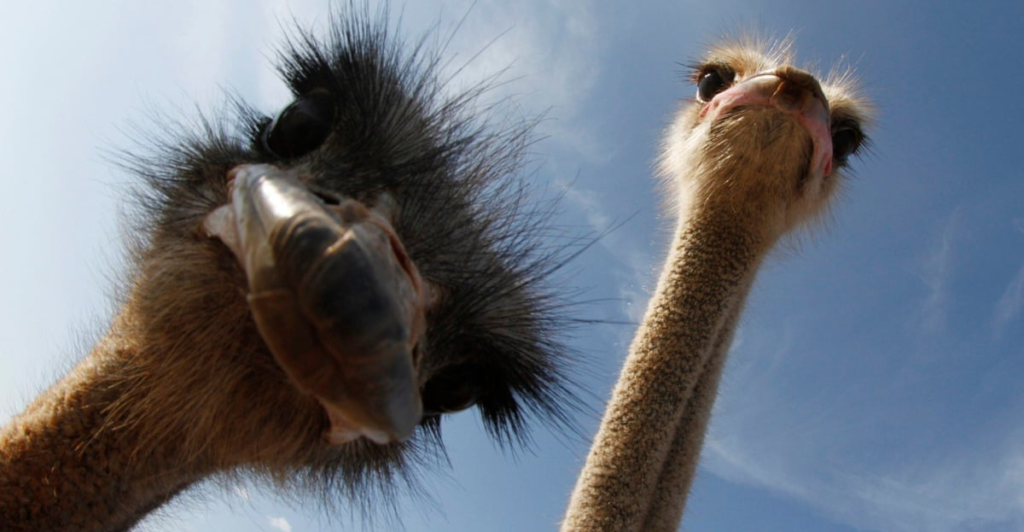
Birds play an important role in modern ecosystems. They are essential pollinators, seed dispersers, and predators that contribute to the balance and health of ecosystems all around the world. They are highly adaptable, which is why they can be found all around the world.
Lessons From The Past
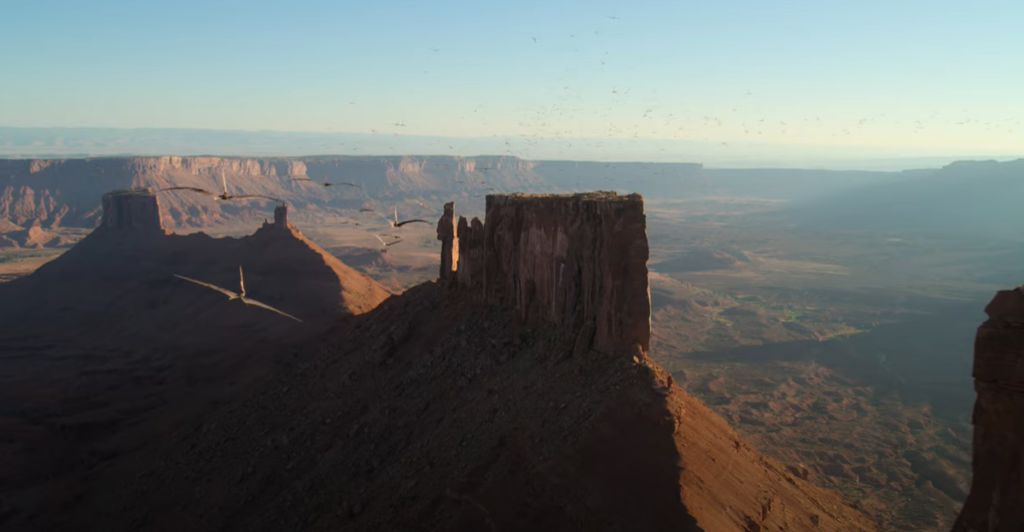
The extinction has taught us many valuable lessons about the resilience and adaptability of life on Earth. It taught us about the importance of understanding how environmental changes can impact ecosystems and the species within them. Scientists can better predict how future environmental shifts might affect biodiversity by studying this event.
The End Of An Era
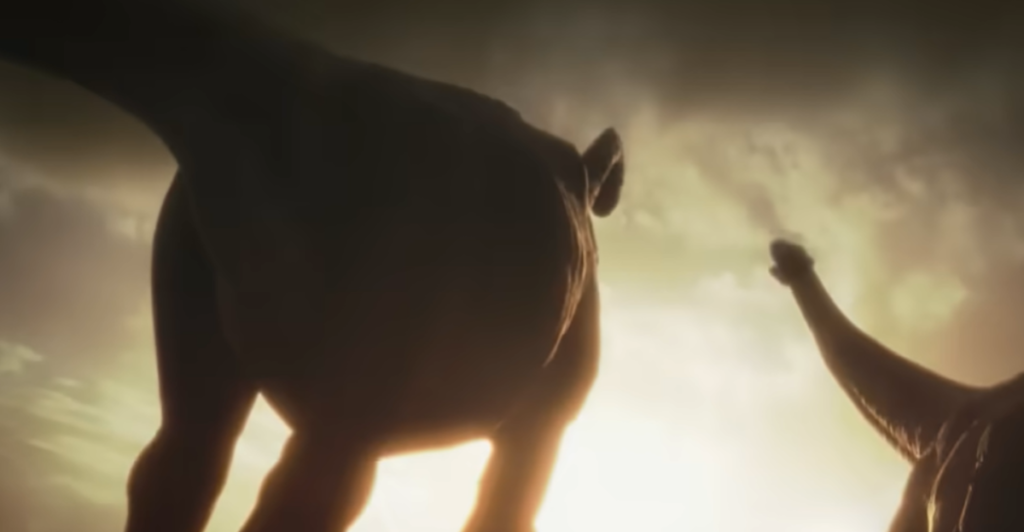
The extinction of dinosaurs was the end of an era, but it also created new opportunities for other species to evolve. Dinosaurs didn’t return because the environment changed, ecosystems shifted, and other animals adapted to take their place.
Explore more of our trending stories and hit Follow to keep them coming to your feed!

Don’t miss out on more stories like this! Hit the Follow button at the top of this article to stay updated with the latest news. Share your thoughts in the comments—we’d love to hear from you!







